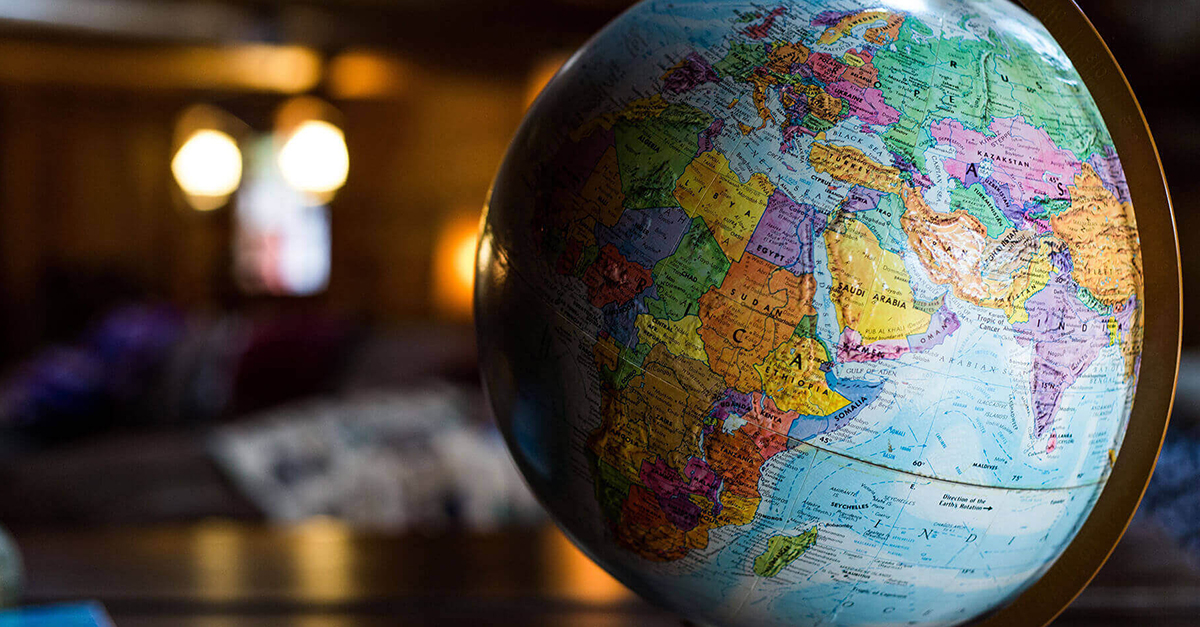Where Cross Cultural Communication is More Than Just Google Translate
Asia

Media Landscape
A quick comparison of just the mass media scene throws up some distinct differences. With its small and tightly controlled media landscape, getting a story into the Singapore media for example tends to be more challenging than in other markets. The media are very selective about what they cover and very rarely attend press conferences (unless it has a parochial news angle such as strong Singapore investment focus or a ground-breaking announcement). One-on-one dialogues are preferred and pitches need to be specific and backed with data and facts and where possible offered as exclusives. English is the main language of interview, even for the Chinese and Malay titles, as most media are effectively bilingual and translations, except for names and specific industry jargon, are not always necessary.
Malaysia
Getting high turnouts at media events in Malaysia is however relatively easier, which reflects not only the bigger media landscape but also a different reporting style. Media tend to be more amenable and open, even to “softer” stories. Translations into Malay and Chinese languages are required for all media materials and in some cases, having an interpreter present at the media interview is advisable when dealing with the non-English titles. Organising a press event involves taking into consideration Muslim cultural sensitivities, ranging from food and drink, timing (preferably not on a Friday) and choice of venues, to the formalities of meeting and greeting the media. Another interesting difference is that Singapore media are not supposed to accept gifts of any form.
Philippines
The media scene in the Philippines on the other hand, tends to be free flowing with far less intervention by the State as in the other Asian countries. So while there is a certain degree of sobriety in the news coverage and content of Singapore and Malaysian media, Philippine media however tend to be more sensational and tabloid in approach. There is no question that there is a small stable of credible media titles in the Philippines. Financial influence is however often used as a strong publicity leverage for many, reflecting either the commercial priorities of the organisation or the factoring of financial gratuities into the operating budgets of media relations programmes.
English a Second Language
Even though English is widely spoken across Asia, it is still for many with the exception of Singapore, a second language, so there is also a need to be aware of the culture bound verbal and non-verbal communication sensitivities. With Asian media tending to be less aggressive or outspoken as compared to their Western counterparts, silence should not be taken as lack of comprehension or interest. Often times while the journalist may not seem fluent in spoken English, it is not necessarily a reflection of their comprehension of the language, just a lack of confidence in speaking it. It is also very common for the media to not ask any questions during a press conference in Asia, preferring to ask questions on a one-on-one basis. So spokesperson accessibility needs to be factored into as part of programme planning.
Understanding and appreciating of the different cultural and media habits of each country is critical to any communication programme. Just because we speak English in Asia, does not mean we think, or operate the same way. As we say in Singapore, “Same, same but different lah!”